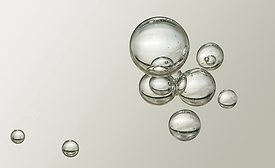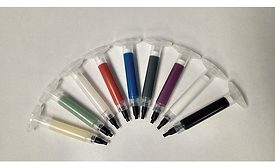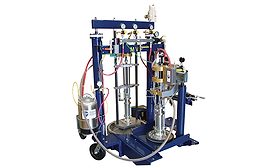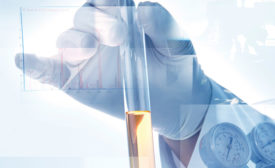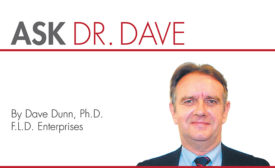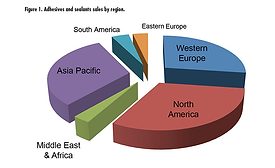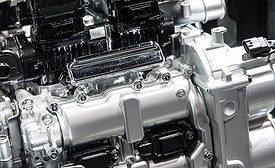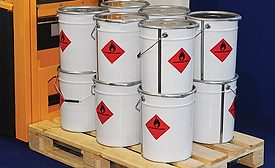End User Features
Recovering end markets are contributing to increased merger and acquisition activity in adhesives and sealants activity.
Read More
Vacuum Dispensing Helps Users Say Goodbye to Air Bubbles
Vacuum dispensing prevents air from getting caught between a component and coating.
August 1, 2016
Case Study
Packaging a Solution for an Electronics Manufacturer
An electronics manufacturer cleaned up its operation by switching to packaged PMF adhesives.
August 1, 2016
Identifying the Right Adhesive Processing Equipment for the Job
The right processing system can be the difference between a part made correctly and a costly error.
August 1, 2016
Employers Should Brace for a Big Impact from New OSHA Rules
Businesses that don’t prepare for the new OSHA guidelines could be facing increased scrutiny, as well as extra expenses.
August 1, 2016
Ask Dr. Dave
How should we prepare our surfaces for adhesive bonding?
Dave Dunn's August 2016 column.
August 1, 2016
Strategic Solutions
Adhesive and Sealant Market Overview and Outlook
The transportation and construction sectors led adhesives and sealants growth in 2015.
August 1, 2016
Pressure-Sensitive Medical Technology: Challenges and Considerations
Adhesives continue to find applications in the medical and wearable markets.
July 1, 2016
Pressure-Sensitive Adhesives Are in the Driver's Seat
Industrial PSA tapes with high temperature resistance bring new value to production assembly in automotive and transportation markets.
July 1, 2016
Top 5 Trends in Enterprise Labeling for 2016
Demand for color labeling and the expanding role of labeling as a function are among the trends identified in a recent survey.
July 1, 2016
Keep the info flowing with our eNewsletters!
Get the latest industry updates tailored your way.
JOIN TODAY!Copyright ©2025. All Rights Reserved BNP Media.
Design, CMS, Hosting & Web Development :: ePublishing


